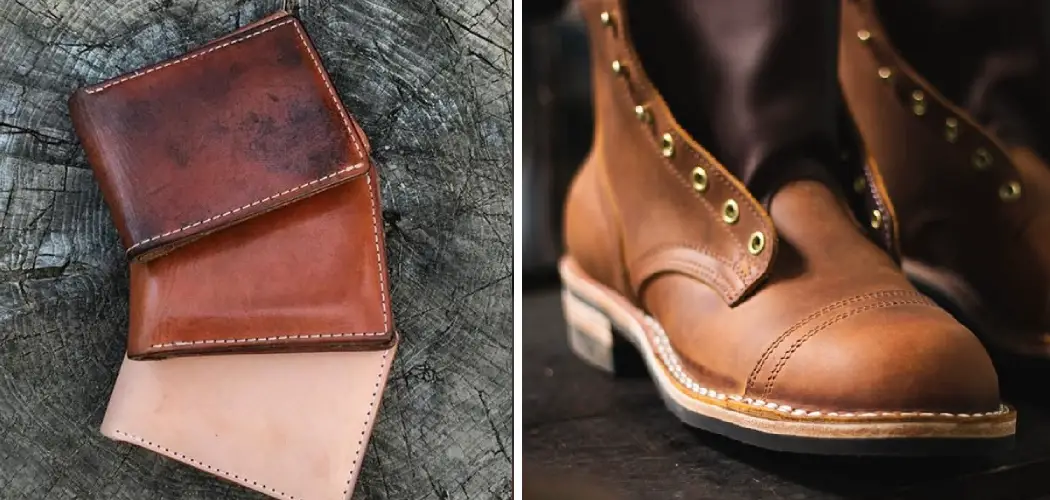Dying veg tan leather is an essential part of the leatherworking process and allows you to create unique pieces of art. With the right tools and techniques, you can make your own custom colors and designs that fit any project. Dyeing veg tan leather adds color and seals the surface, allowing the leather to be more water-resistant and last longer.

Using vegetable-tanned leather for dyeing has some advantages. Vegetable-tanned leather is more receptive to dyes, meaning that the color will be richer and longer lasting compared to other types of leather.
The process of using water or alcohol-based dyes allows for a large variety of colors and textures to be produced when dyeing leather. In this blog post, You will learn how to dye veg tan leather in detail.
Step-by-Step Processes for How to Dye Veg Tan Leather
Step 1: Inspect the Leather
Begin by inspecting the leather to ensure that it is suitable for dyeing. Look for cracks, tears, or other damage that may prevent the dye from adhering properly. Clean the leather with a damp cloth and allow it to dry completely before proceeding. If the leather has any surface oil or grease present, use a degreaser to remove it before dyeing.
Step 2: Choose the Dye
Select the type of dye that will work best for your project. Common options include leather dyes, leather stains, or liquid paints. Make sure you select a product that is specifically designed for leather. If using a powder dye, mix it with warm water according to the manufacturer’s instructions. For liquid dyes, use as is.
Step 3: Apply the Dye
Start at one end of the leather and work your way across in an even motion. When you reach the other side, start again from the beginning until the leather is evenly coated. If you need to go over an area a second time, make sure that you wait for the first layer of dye to dry completely before doing so.
Step 4: Allow the Dye to Dry
Let the leather sit in a well-ventilated area for at least 12 hours or overnight until it is completely dry. It needs to be sealed to ensure that the dye is properly adhered to the leather. You can use a leather sealant or finish for this step. Use a soft cloth to buff and polish the leather until it has the desired sheen.
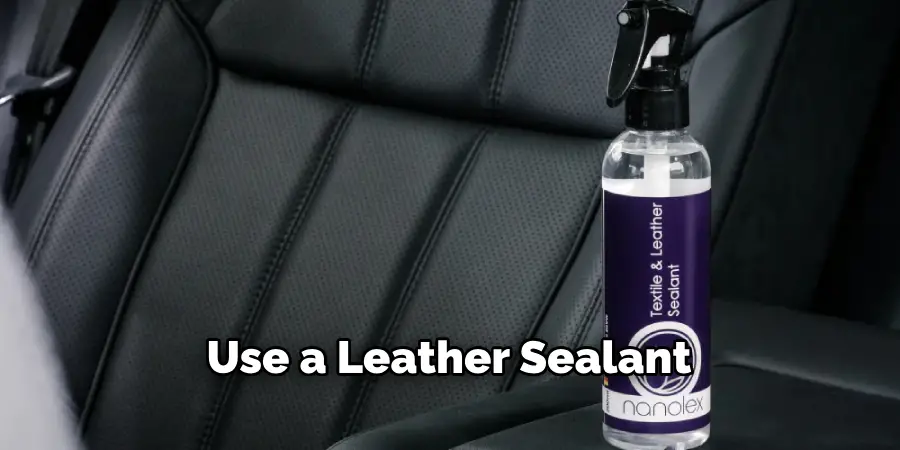
Step 5: Test for Colourfastness
Before using the leather, it is important to test for colorfastness. You can do this by dabbing a tiny amount of water onto an area that won’t be visible and checking to see if the dye runs or bleeds. Your veg tan leather should now be properly dyed and ready to use.
You can easily dye veg tan leather by following these step-by-step instructions. With a little bit of patience and the right supplies, you will be able to create beautiful pieces of leather that last for years to come.
Safety Tips/ Precautions for How to Dye Veg Tan Leather
- Wear protective gloves and clothing when handling dyes, chemicals or solvents.
- Ensure that you’re working in a well-ventilated area, as many of the products used may be toxic when inhaled.
- Make sure you are using environmentally friendly dye and cleaning materials if possible.
- Store your dyes, chemicals and solvents away from food and drink to avoid contamination.
- Follow the instructions on the packaging or bottles of your products carefully.
- Test any dye products you use on scrap leather before applying it to your project item.
- Never leave any dyes, chemicals, or solvents unattended while they are in use. Make sure to clean up all materials after use and dispose of them responsibly.
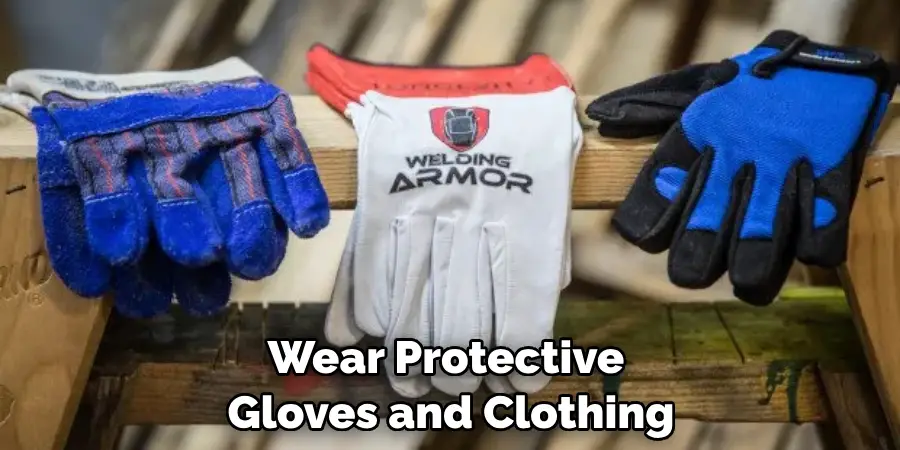
By following these safety tips, you can ensure that your experience dyeing veg tan leather is a safe and successful one.
How Should You Prepare the Leather Before Dyeing?
Before you start to dye veg tan leather, it’s important to prepare the surface of the leather for the process. This will ensure that the dye is able to penetrate and adhere properly. You should begin by cleaning the leather with a damp cloth.
If there is any dirt or debris, it needs to be removed before moving on. Once the leather is clean, use sandpaper to scuff up the surface of the leather lightly.
You don’t need to sand it down too much, just enough to ensure that the dye can penetrate the leather’s pores. Once you have finished sanding, wipe away any excess dust with a damp cloth and allow the leather to dry completely.
At this point, you can apply a pre-conditioner to the surface of the leather if desired. This will help enhance the natural colors and textures of the veg tan leather once dyed. If you are using a pre-conditioner, make sure that it is suitable for use on veg tan leather, as some may not be suitable.
How Can You Fix Any Mistakes Made During Dyeing?
If you make a mistake while dyeing your veg tan leather, don’t panic! There are several ways to fix the mistake. The simplest way is to use a cotton swab and a cleaner such as rubbing alcohol or acetone to remove the excess dye from the area you want to correct. Be sure to work quickly and carefully to avoid spreading the excess dye to surrounding areas.
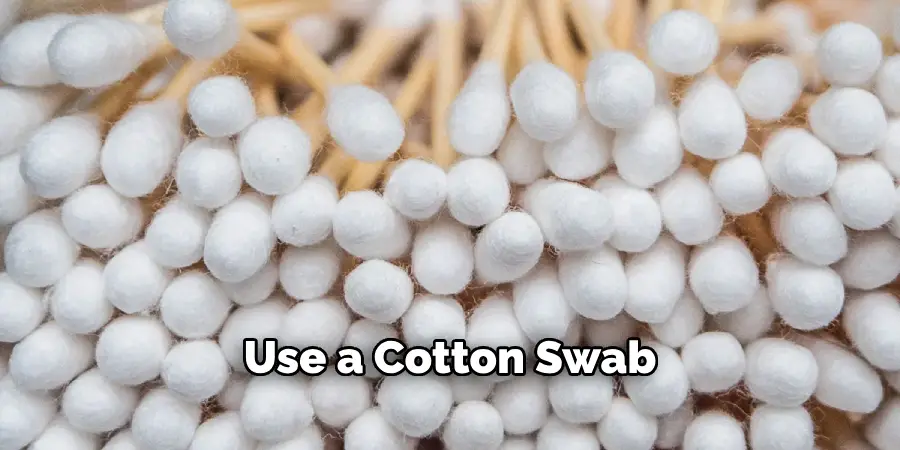
If you have difficulty removing the excess dye, try using a deglaze. A deglaze is a product that will dissolve the top layer of color on your leather, allowing you to start over with a clean slate. It’s important to note that this method can significantly lighten the color of your leather, so you may want to try a different method if you aren’t comfortable with this.
You can also sand off the excess dye with fine-grit sandpaper. This is likely to leave a rough patch in the area where you sanded, so it’s important to buff it out with a soft cloth afterward.
What is the Best Method for Cleaning Dyes Off of Leather?
When it comes to cleaning dyes off of leather, the best method is to use a damp cloth or sponge and warm, soapy water. Start by gently dabbing the area with a cloth or sponge until all of the excess dye has been removed.
If necessary, you can also use a light scrubbing motion, but be sure not to use too much force, or you may damage the leather. Once all of the excess dye has been removed, rinse off the cloth or sponge with clean water and repeat the process until no more dye is left on the leather.
If you find that some of the dye is still present after this cleaning method, it may be necessary to employ a specialist cleaner to remove any remaining pigments. It is important to follow the manufacturer’s instructions when using any type of cleaner, and it is recommended that you test the cleaner on a small, inconspicuous area of leather before applying it over the entire surface.
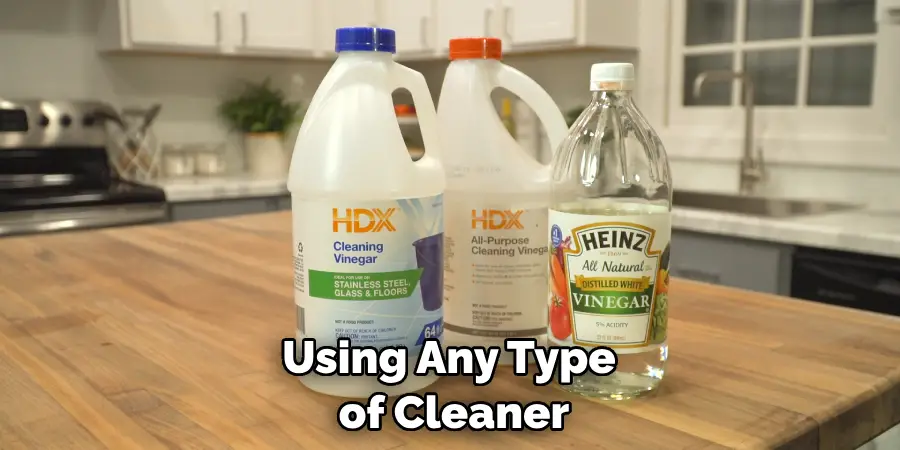
What Are the Potential Hazards of Working With Dyes on Veg Tan Leather?
When working with dyes on veg tan leather, potential hazards must be considered to ensure a safe working environment. It is important to wear gloves and protective eyewear when handling dyes as they may contain hazardous materials. The dust created by sanding leather can also irritate the lungs, so a respirator should be worn to protect from inhaling such particles.
In addition, when working with leather dyes, it is important to use a well-ventilated area to reduce the risk of inhaling any fumes that the dye may create. It is also essential to avoid contact between the dyes and the skin, as many of the ingredients in leather dyes can be very toxic if absorbed through the skin.
It is also important to store any leftover dyes or chemical solutions used for dying leather in a safe and secure location that children or pets cannot access.
Is There Anything Else You Should Know About Dyeing Veg Tan Leather?
Yes, you should be aware of one more important aspect of dyeing veg tan leather – sealing the dye. Once the dye has been applied to the leather, it needs to be sealed with a topcoat or sealer to ensure that it holds up against wear and tear. This will also help keep the color vibrant and prevent fading. Depending on the type of dye you use, there are a variety of sealers you can select from.
Some common choices include waxes, acrylics, and polyurethane sealers. Be sure to read the instructions that come with your product so that you apply the correct one. Additionally, some types of leather may require more than one coat of sealer. Once you have applied the appropriate sealer, let the leather dry completely before using or wearing it.
Conclusion
In conclusion, dyeing veg tan leather is a great way to customize your leather goods. Not only can this be used to create unique looks, but it can also help maintain the longevity of the material. It’s important to understand how to properly prepare and clean the leather before applying any dyes and choose the right type of dye for your project.
With the right tools and techniques, you can achieve beautiful results that will last for years to come. I hope this article has been beneficial for learning how to dye veg tan leather. Make Sure the precautionary measures are followed chronologically.

